| Key Trends | - Smarter displays with IoT/AI integration - Viral 3D & anamorphic visuals - Energy-efficient, sustainable design |
| Tech Innovations | - DIP 570 for extreme brightness & durability - Transparent & mesh LED facades - 5G + edge computing for real-time content |
| Top Applications | - Smart city signage & emergency alerts - Stadium replays & live events - Retail, transit hubs, and outdoor 3D ads |
| 2025 Outlook | Outdoor LED displays are now connected, responsive, and ultra-durable—essential for modern urban engagement. |
In 2025, outdoor LED display screens are no longer just digital billboards—they are real-time communication tools, interactive advertising platforms, and essential components of smart city infrastructure. The surge in demand for immersive content, connected experiences, and energy-efficient digital signage has transformed the LED landscape worldwide.
As cities grow smarter and businesses more competitive, understanding where the technology is headed can help advertisers, developers, and urban planners make better decisions.
This comprehensive guide explores the emerging trends, cutting-edge technologies, and practical use cases shaping outdoor LED display screens in 2025.
Modern LED displays are now part of broader smart infrastructure. In 2025, outdoor screens are being equipped with:
IoT sensors for real-time environmental data (air quality, traffic flow)
AI-driven CMS platforms for automated content adaptation
Face detection and demographic analytics (where legally allowed) to tailor content by audience
This allows advertisers and city officials to deliver hyper-targeted messages and improve public service communication.
3D advertising has moved from novelty to necessity. Fueled by viral campaigns in Seoul, Tokyo, and New York, anamorphic LED screens create glasses-free 3D visuals that are highly shareable and create deep audience engagement.
These campaigns are now commonly deployed in:
Shopping districts
Tourist hubs
Smart plazas and entertainment venues
Governments and companies are under pressure to meet carbon targets. In response, LED manufacturers are focusing on:
Ultra-low power consumption (e.g., 1 kWh/m²/day in KingAurora’s APro Series)
Passive cooling designs to reduce energy usage
Eco-friendly cabinet materials and recyclable components
Transparent LED screens and mesh designs now allow digital visuals without blocking light or building aesthetics. They're perfect for:
Glass facades
Building wraps
Rooftop branding
These formats also reduce wind load, enabling installation on older structures and high-rise buildings.
In rugged outdoor environments, DIP 570 LED displays continue to dominate due to their:
High brightness (8000–10,000 nits)
IP65+ waterproofing
Resistance to UV, heat, and corrosion
10+ year lifespan
Used in stadiums, expressways, and civic signage, DIP 570 is a durable choice for mission-critical outdoor installations.
Explore real-world examples:
10 Examples of DIP 570 in Smart City Projects
With ultra-low latency, 5G enables outdoor LED screens to:
Deliver real-time data feeds (e.g., weather, stock tickers, emergency alerts)
Run synchronized city-wide ad campaigns
Connect with autonomous vehicles and smart mobility systems
Edge computing reduces dependence on cloud servers, allowing faster local content updates and fault tolerance.
Artificial Intelligence now powers:
Dynamic ad rotation based on real-time audience data
Predictive content scheduling
Energy optimization through adaptive brightness control
Smart CMS platforms can adjust content for different times of day, seasons, or demographic patterns without manual input.
LED screens are becoming digital infrastructure for urban communication. Common applications include:
Traffic management boards
Emergency alert systems
City-wide branding and cultural content
Paired with solar panels and remote monitoring, these displays lower costs for municipalities.
Modern arenas use large-format LED displays for:
Live replays and fan interaction
Perimeter advertising during events
Stadium branding and real-time stats
High refresh rates and weatherproof construction make DIP and SMD variants the top choices.
Outdoor LED screens in airports, train stations, and highways now handle:
Flight and train schedules
Safety messaging
Wayfinding in large, complex environments
Their ability to update content remotely ensures passengers get accurate information at all times.
LED displays have become crucial for outdoor retail signage:
Storefront promotions
Product launches with 3D visuals
Event-based branded activations
Transparent LEDs allow integration with glass façades, keeping the architecture visible while amplifying brand messaging.
Outdoor LED display screens in 2025 are smarter, greener, and more immersive than ever before. As part of the digital backbone of smart cities, they play a vital role in communication, commerce, and public engagement.
From DIP 570 durability to AI-powered personalization and 5G-integrated performance, LED technology is reshaping how we interact with the world outdoors.
Businesses, governments, and developers that embrace these trends today are building the connected urban environments of tomorrow.
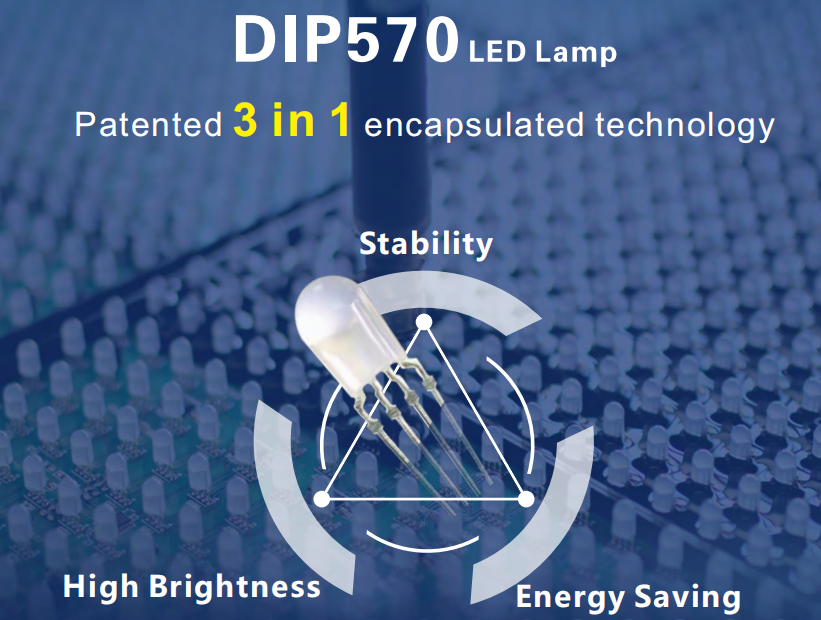








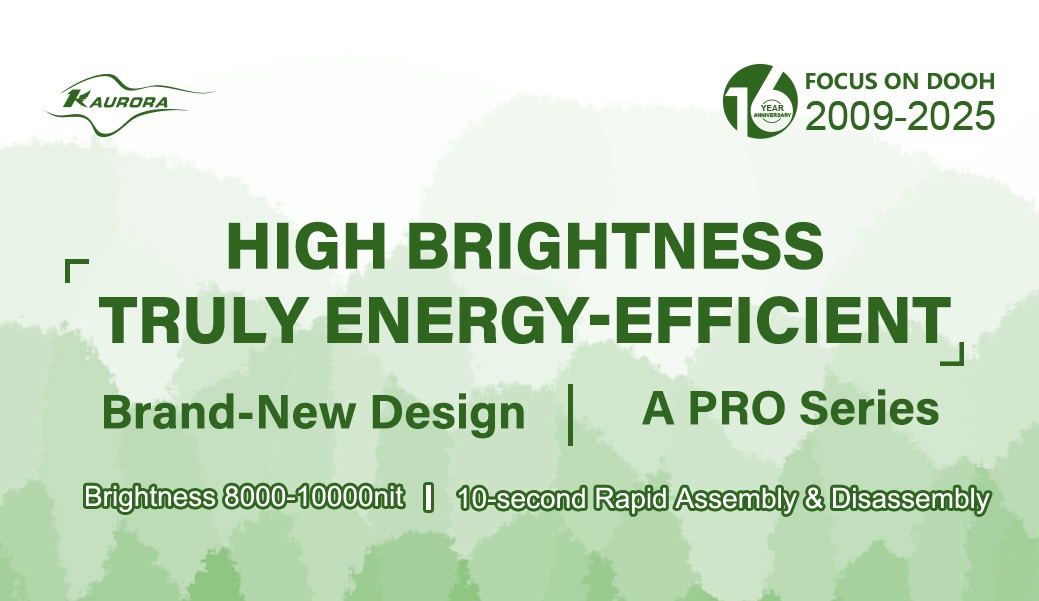
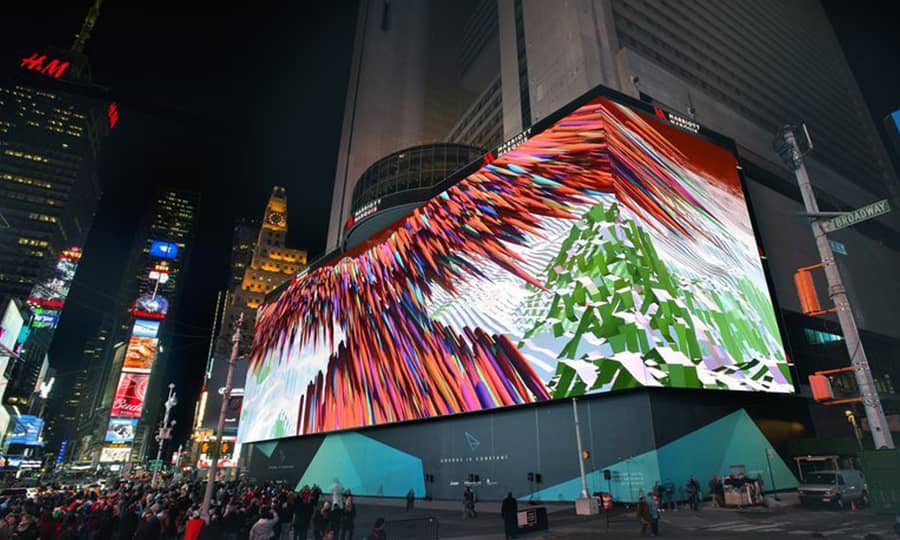
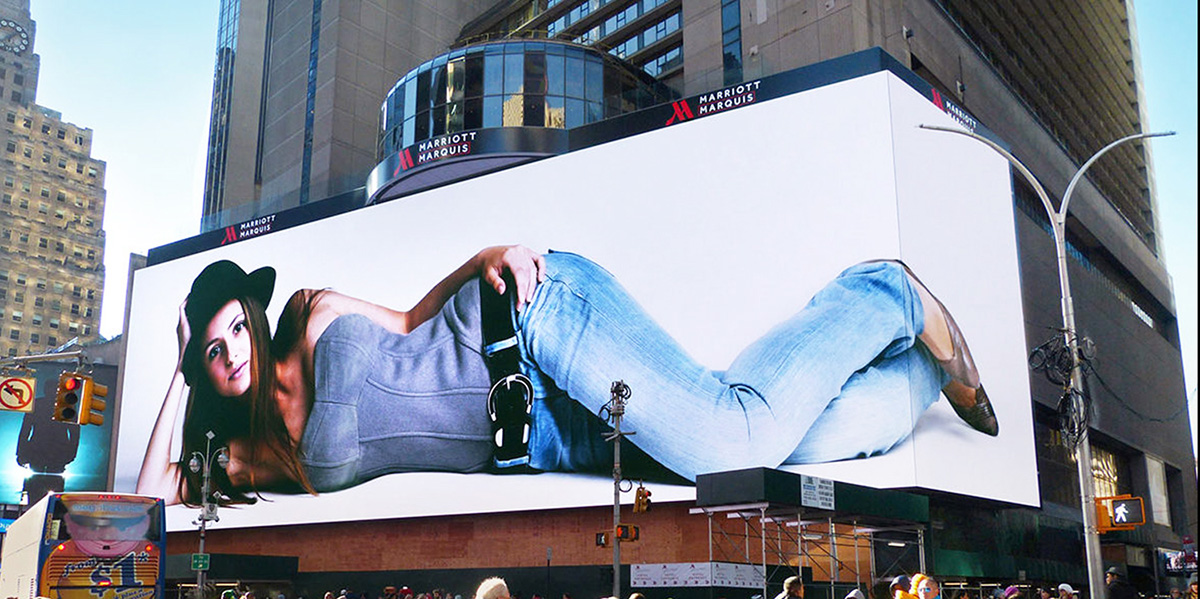
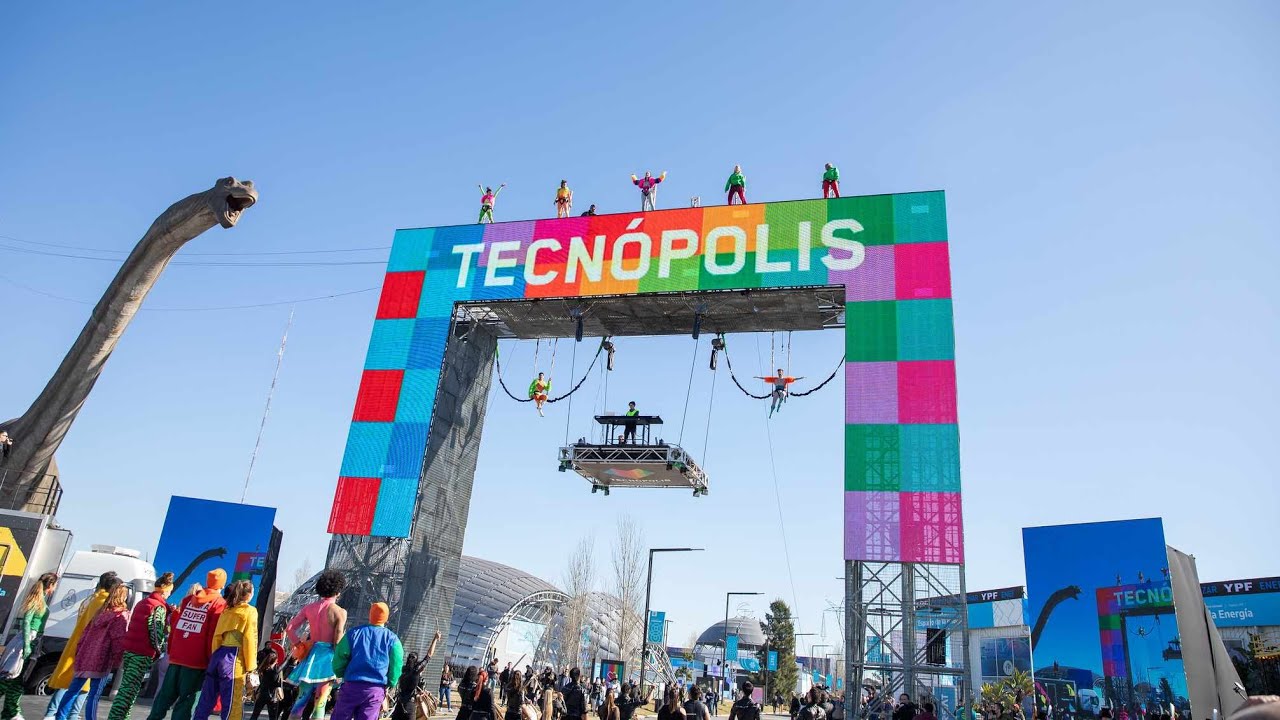
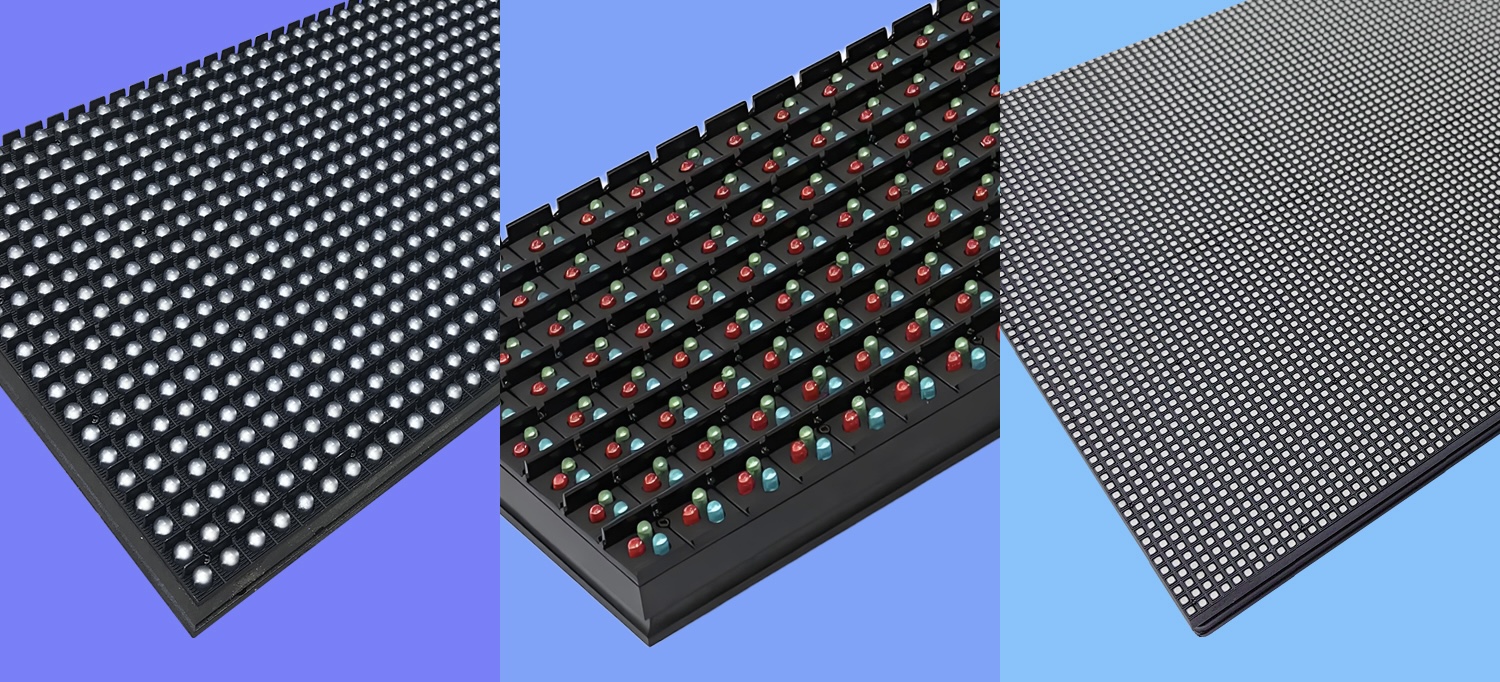

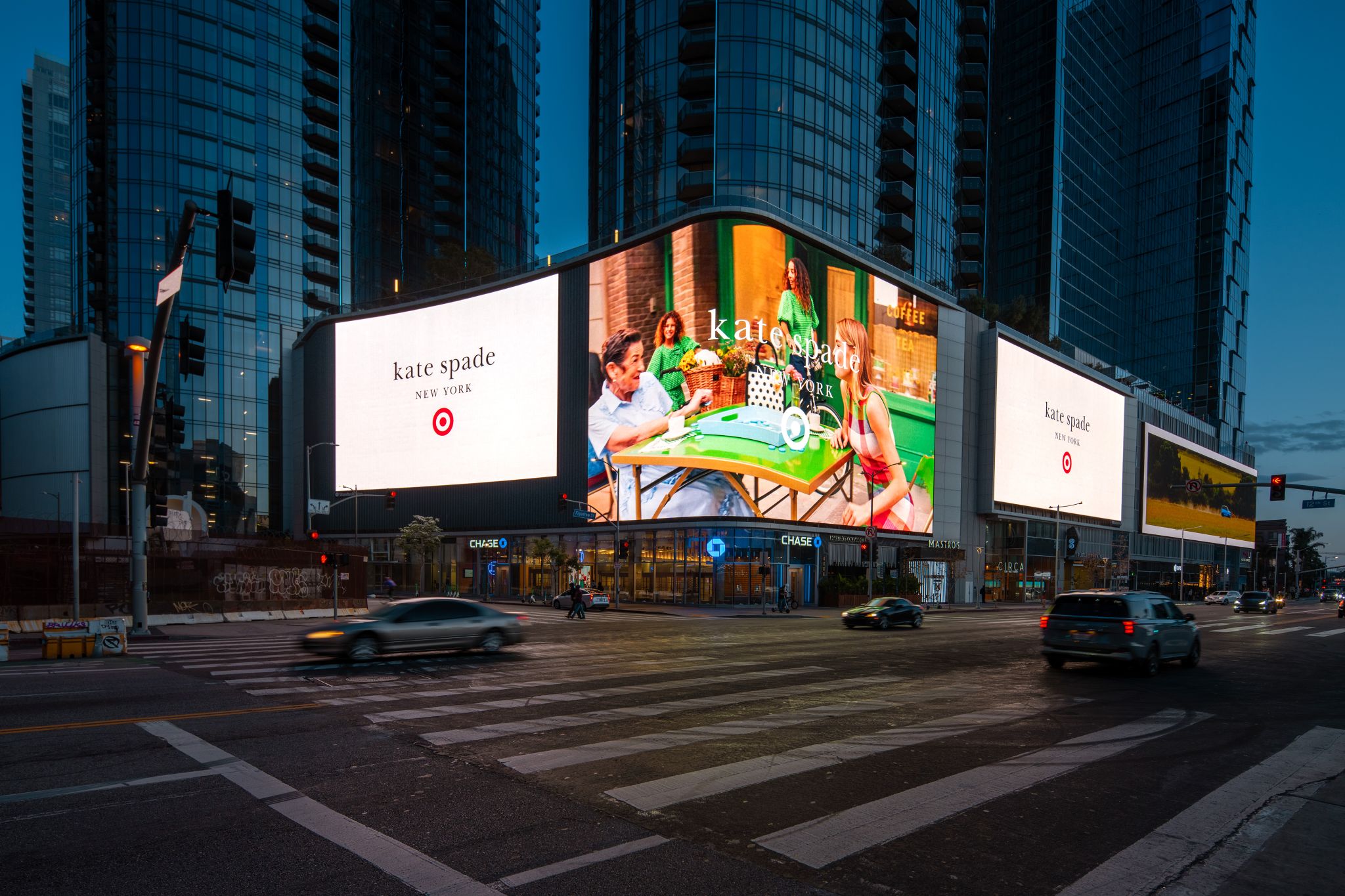

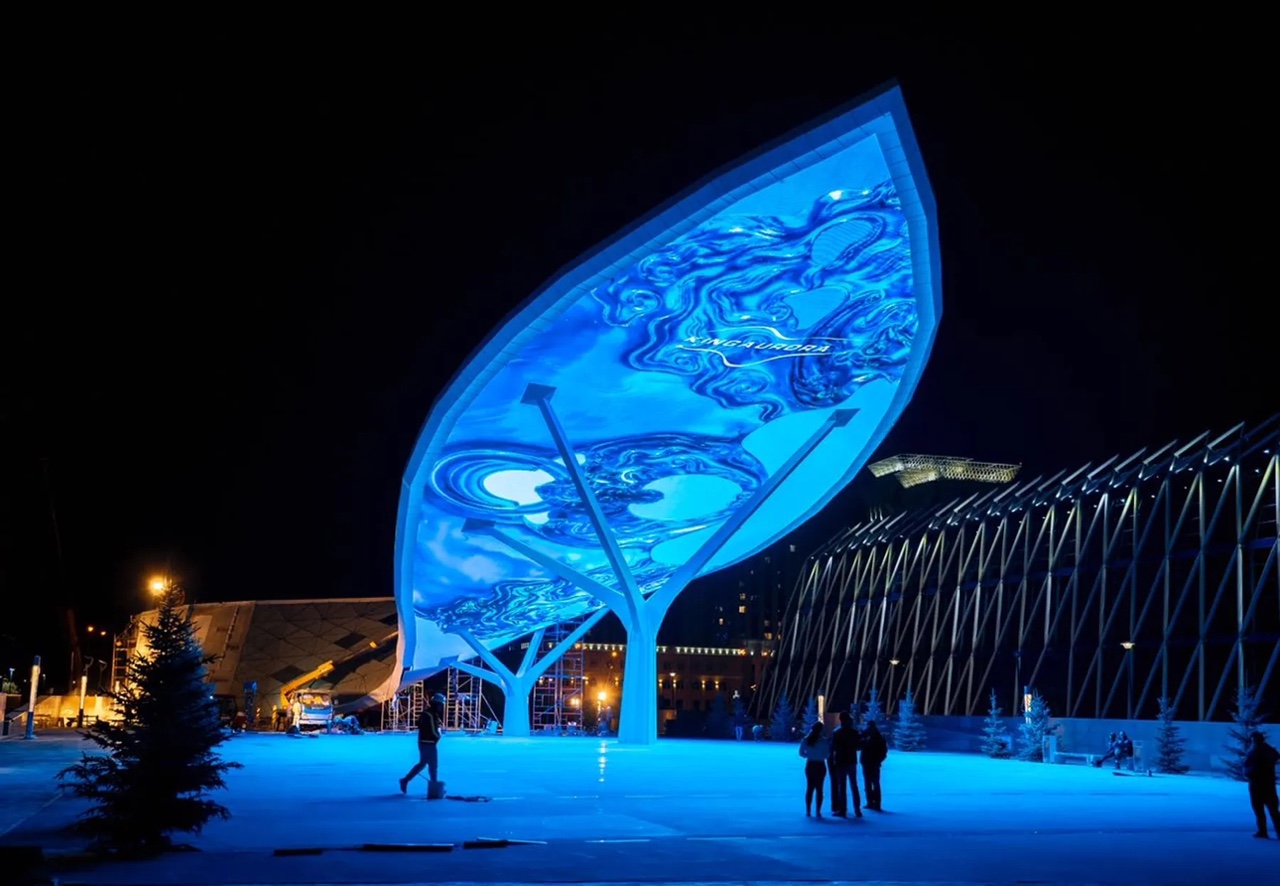


3th Building,Gaosite Zone Pingshan
New District, Shenzhen

sevice88@kingaurora.com
3th Building,Gaosite Zone Pingshan
New District, Shenzhen